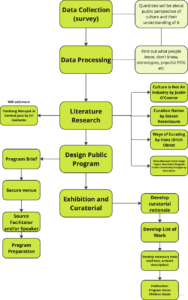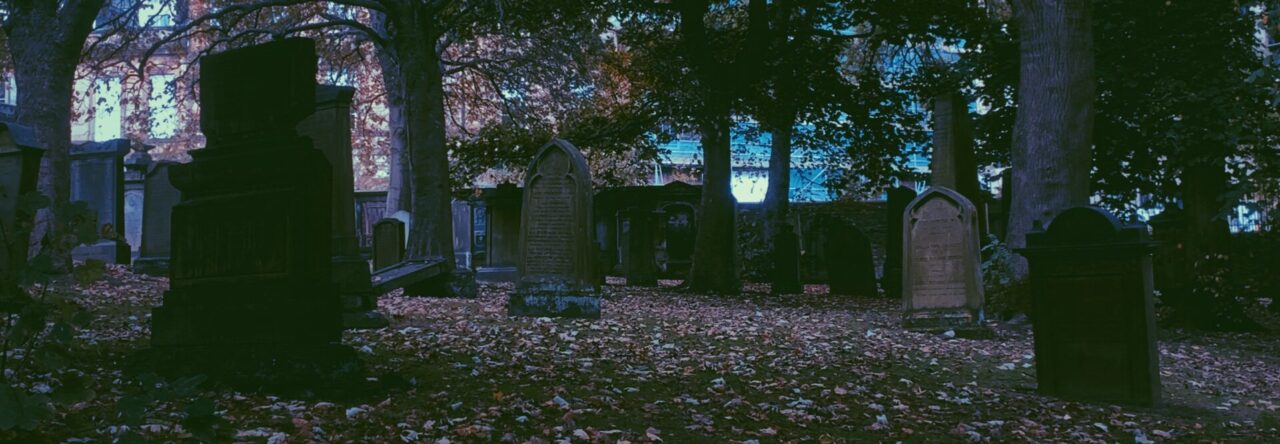Borrowing Xu Bing’s retrospective exhibition titled Thought and Method (2019), I recall on the days I spoke with the artist about his practice for work purpose. Xu Bing is one of the most influential artists on the international stage. and his work is thoughtful and groundbreaking in its exploration of systems of language and the impact of globalization and cross-cultural understanding on human society (Museum MACAN, 2019). He first handedly experienced the cultural revolution and in 1977, he started his study on graphic arts in Central Academy of Fine Arts (CAFA), Beijing, China, where he acquired his Bachelor Degree in 1981 and Masters Degree in 1987. Xu Bing was interested in graphic arts as an indirect form of drawing, and also its repetitiveness which moulds the character of its medium (Museum MACAN, 2019). What I found interesting (or what I perceive from his works) from his practice is the juxtaposition of physical form and his thoughts and studies it self in which you can say that his artwork is both his Thought and Method.
It has been a habit of mine to begin designing projects using Simon Sinék’s Golden Circle model, finding the Why, continued with the How and the What. I found that using this model in designing public programs often to be spot on and eliminates the rigorous process of explaining to my self and others on what I really mean, I think because it comes from a point where we fundamentally have a clear understanding on what we want to do. Through this model approach, I arrive to:
Why
I want to counter false narrative of culture (shifting value, tokenization of culture, culture taken out of context, demonisation of traditional and indigenous practices, oversimplification of culture due to economic exploitation), preserve the existing positive intangible cultural heritage (pride of ethnic identity, diversity, tolerance, local wisdom), and promote these values within and outside it’s own discipline (socio-cultural relevance)
How
Recontextualise —> (Tradition, Cultural Narratives, Local Wisdom) —> Re-Establish
What
- Exhibition
- Public program
- Games
- Festival
- Policy
- Cultural Data Science
- And other cultural or creative approach
From all the results of what I can do to achieve the how for my why, my choice fells to Exhibition and Public Program, because that is the creative approach I am most familiar and comfortable with. Lately, I indulged my self with reading Justin O’Connor’s Culture is not an Industry, which I think is reasonable and applicable to my goals in recontextualising and re-establishing tradition and culture (Indonesian in general, Javanese in particular), the argues that culture, as an object of public policy must be removed from the framework of “industry” and back to the public sphere alongside healthcare, education, and social welfare. While there are cultural industry (production of cultural goods, organised production, etc), O’Connor stated that “Culture” it self is not an industry, and it has no obligation to answer, function as, or produce jobs, economical growth, or act as a catalyst for innovation. On the other hand, it is part of our democratic citizenship, human rights, and essential for us to reimagine the future (O’Connor, 2024).
Reimagining the future in a world flooded with information is prone to the threats of information overload, which instead of enabling us to gain useful information, it buries us in the taxing effort of choosing the information which is presented responsibly. While data science may help us in aggregating information on particular topic, but the context within the aggregated content still needs human touch to be presented for the sake of particular narratives. In Steven Rosenbaum’s Curation Nation, he said that the future of content is context, and the act of curating these information to present a certain narrative is crucial. I am also currently revisiting Hans Ulrich Obrist’s Ways of Curation to deepen my understanding of which curatorial methodology is applicable for my final project.
As I mentioned in my previous blog, I am trying an approach where the exhibition revolves around the public program, not the other way around. Hence, I am still looking for articles, journals, or books that specifically discuss about public program in museum, cultural institution, collective, or communities context. Furthermore, I also collect readings, videos, and recordings on Javanese tradition, culture, and practices to incorporate in the development process of this final project.
Additionally, reflecting from my Culture, Heritage, and Learning Futures course, I am particularly interested in the usage of Data Science to be utilised in Culture and Heritage studies, this is still just a vague concept, but I think we can curate phrases or recording from manuscripts, see how it correlate with certain disciplines, put numerical value in it, and see how many times it is mentioned is a certain discipline context. That way, we can see how people in the past view art, society, politics, economy, etc. Or we can see what cultural practice that improves society in a positive way, or habits that hinders prosperity. But this is just something I like to tinker with in my spare time. It may sound difficult to comprehend and quite sporadic, but I hope the map below can help to visualise my train of thought:

For now, I am 70% sure on what I want to do and how I want to do it method and methodology wise.



Leave a Reply